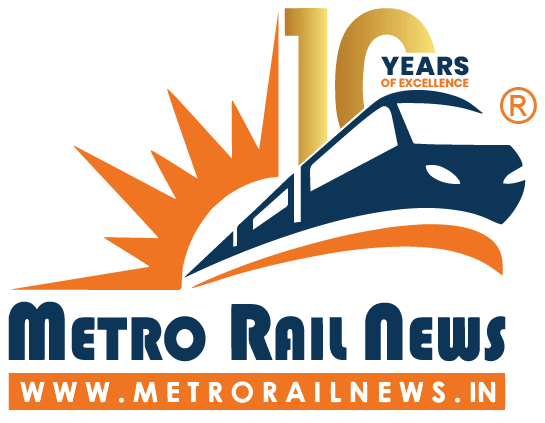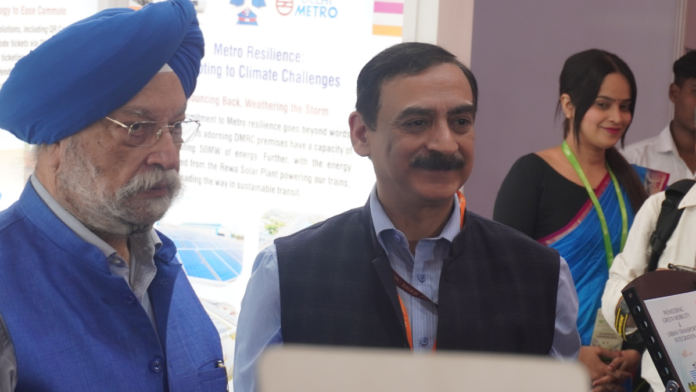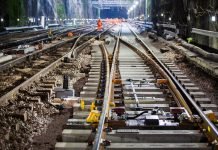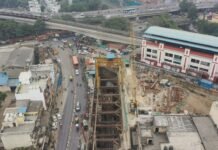NEW DELHI (Metro Rail News): DMRC teams are working relentlessly to ensure that the Pink & magenta Lines of the Delhi metro go unmanned shortly.
Unmanned Train Operations (UTO)
In an interview with the PTI, the DMRC chief said,” Right now, a train attendant is sitting, but we are in advanced stages… because to remove that, we need the approval of the CMRS. Our teams are working on that and will be doing it shortly”.
The upcoming Phase IV of the Delhi Metro will be Unmanned Train Operations (UTO)-enabled, initially with the train attendants.
The highest degree of Safety
Human errors, including driver fatigue, distractions, and misjudgments, are common causes of accidents in traditional manned metro systems. With Unmanned Train Operations (UTO), the need for human operators is eliminated, thereby reducing the risk of accidents resulting from these factors. UTO systems, relying on automation, ensure that trains operate consistently, adhering to predefined routes, schedules, and safety protocols.
Improved Efficiency
Automated systems can ensure a consistent and smoother ride experience by maintaining uniform speeds and acceleration, leading to enhanced passenger comfort and reduced wear and tear on both the tracks and the train equipment. Additionally, these systems can increase train frequencies, enabling more trains to operate on the existing tracks. This enhanced capacity effectively accommodates the growing passenger demand during peak hours without additional infrastructure investments.
Other Technological Strides
DMRC is also a forerunner regarding “Aatmanirbharta”, and it already has the Indigenous Automatic Train Supervision System (i-ATS). It is gradually striding towards deploying a complete Communication-Based Signalling System (CBTC) in the 2nd level.
DMRC will operationalise the entire system by 2025, per the DMRC chief. India will be the sixth nation in the world to have it, and it is also the sixth to have an ATS system.
Going back to Pre-COVID Figures
Symptoms of recovery can be seen in the ridership of the Delhi metro as life and people return to their office and work after COVID restrictions were relaxed. Pre-COVID ridership was 60 lakhs, while the Delhi metro registered the highest count of Ridership on September 4th – 71.03 lakhs.
Bonus of Empowerment
Delhi metro, over the last two decades, has not only connected people but also empowered them to travel to any and every corner of Delhi, facilitating the easiest commutation at the lowest price with the best in class services.
It has ushered a critical metropolitan culture into the reins of the city, ensuring that the population residing in the city strides towards growth & development.
Connectivity with RRTS
The DMRC chief said that DMRC is trying to ensure seamless connectivity with the RRTS to facilitate easy passenger interchange wherever an RRTS station is being developed. It will ensure an integrated multi-modal transit system in the NCR region with easy and seamless interchange.
It will also ensure that passengers are given every possible chance to opt for Pubic Transport without considering the hassles of interchange.
Discover the endless possibilities of our city’s Metro at InnoMetro, our flagship Expo and Conference. Be an active participant in shaping its future towards a more sustainable tomorrow. Stay informed and join us to take a step towards a brighter future.





